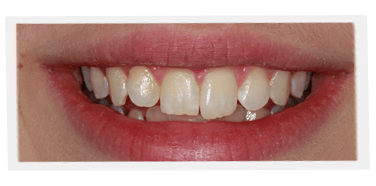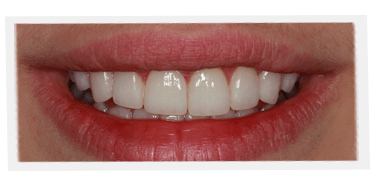
In previous articles, we covered veneers, crowns, bridges, dental implants, and porcelain (for veneers). Let’s continue to look at even more tools that can be used by today’s cosmetic dentists to fix smiles. (Excerpt below taken from my book, A Guide to the Perfect Smile.) Enjoy!
Posts
Often a tooth is so severely broken or decayed that very little is it is visible above the gum line. These teeth can nevertheless be repaired if the underlying root structure and gum are intact. Most commonly, before a crown can be fabricated, the underlying root structure is strengthened by the placement of a post, which is cemented into the former canal of the root. If the tooth is still alive, a root canal procedure may be done prior to placement of the post. Posts can be made of a metal or ceramic material, depending on aesthetic and/or strength issues.
Inlays
Inlays, also called onlayns, are generally laboratory-made fillings used to repair broken or decayed premolars and molars. These fillings are made of materials that are more durable than the composite-bonding fillings traditionally used by dentists. As well, the shape of the filling is not as dependent on the dentist’s skill, particularly when the filling is large. The inlay is made through a modeling process that highly improves the ability to design such restoration.
Although the inlay process traditionally requires two visits, today’s CAD/CAM (computer-aided design/computer-aided manufacturing) systems enabled dentists to actually machine ceramic filling in one appointment.
Cerec
Ongoing developments in dental technology continue to make care increasingly accurate and convenient for patients. For example, patients needing a permanent all-ceramic crown, only, or veneer can now receive such a treatment in one visit, courtesy of a system called CEREC.
In this procedure, created by Sirona Dental Systems, the dentist first removes decayed and weakened tooth tissue, just as in other restorations. From this point on, however, things become very different. Instead of having the patient bite down into a goopy tray, the dentist coats the tooth with a non-toxic, tasteless powder. A few minutes later, a digital photograph is taken of the tooth, which the CEREC machine, prompted by special software, quickly converts into a three-dimensional virtual model. This digital information is in turn sent to a separate milling machine in the office. Ten or twenty minutes later, the restoration is ready for the dentist to fin and bond in place, followed by polishing.
Besides being used for crowns and fillings, CEREC can be employed in repairing chipped or discolored front teeth. A major advantage of this system is that it bonds ceramic materials to the teeth chemically rather than mechanically. This enables dentists to save as much healthy tooth tissue as possible.
The newest system, to be released in the market shortly, is made by a company called D4D.



